Breast density:
know yours, know what's best for you
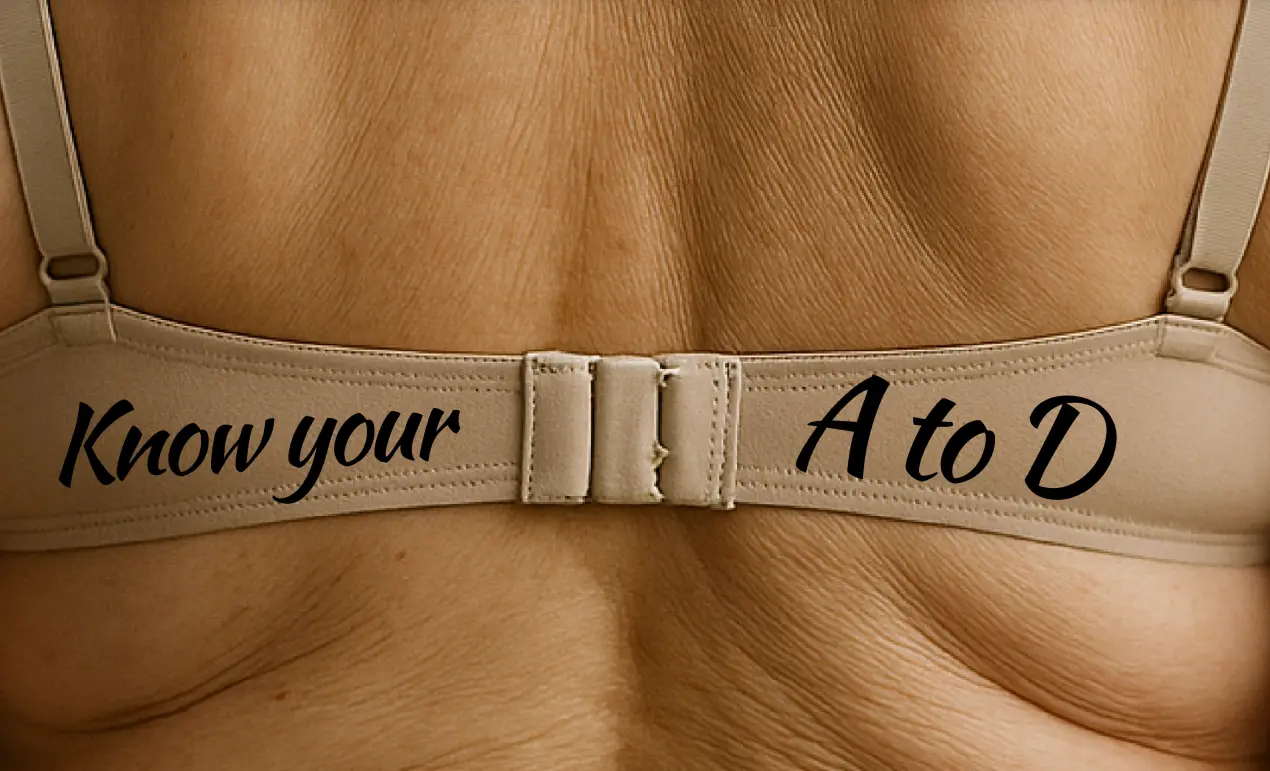
What is breast density?
Breast density is a term used to describe how much of the breast is made up of fatty tissue, glandular tissue (milk ducts and lobules), and connective (fibrous) tissue.4,6 Women with dense breasts have higher levels of glandular and connective tissue and lower levels of fatty tissue.4,6
Dense breasts can hide cancers because dense tissue and breast cancers both appear white on a mammogram. The higher the density, the harder it can be to see cancer.1,2,4,6
Dense breasts are also linked with a higher risk of breast cancer. Dense breasts are one of many factors that can affect your overall risk.1,2,4,6
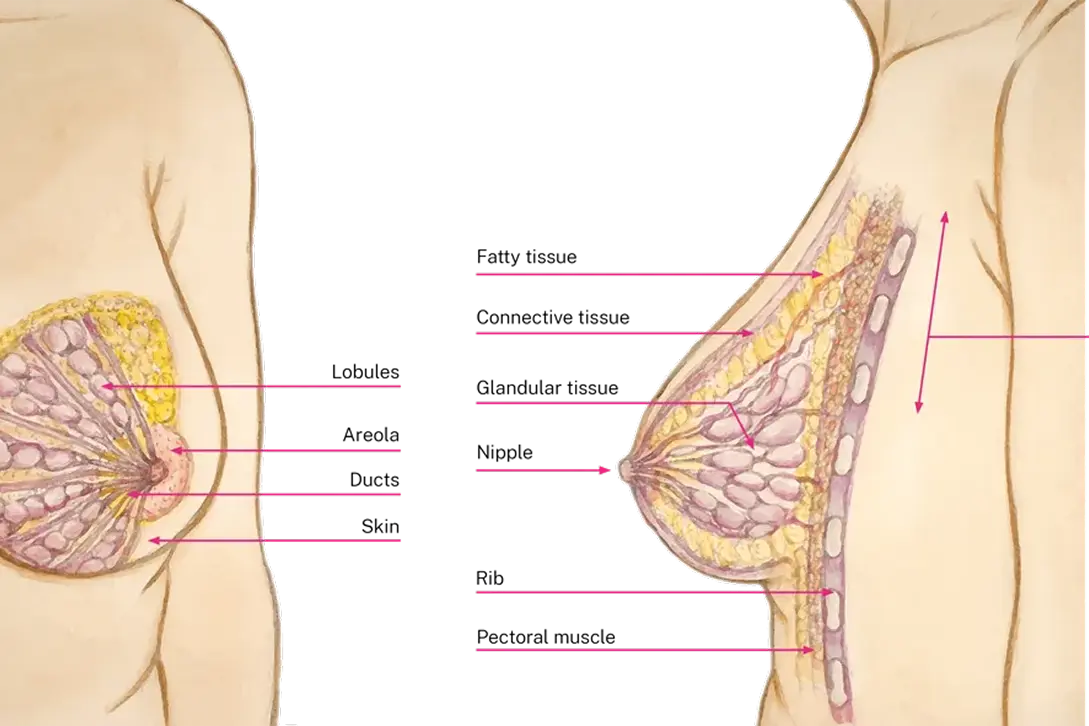



How do you know if you have dense breasts?
It isn’t possible to tell breast density based on feel, and breast density isn’t related to breast size.6 Breast density can only be measured through a mammogram.1,4,6
The BreastScreen Australia Program now recommends all women are informed of their breast density on their mammogram report (the timing of this may differ across states and territories).6
Breast density can be discussed with your GP, together with your individual risk factors and personal preferences, to help determine the screening approach that’s right for you.
The A to D of Breast Density Classification
Bi-Rads A
The breast tissue is almost entirely fatty and not dense.
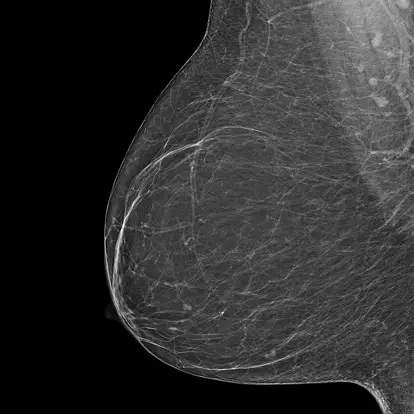
Bi-Rads B
The breast tissue is mostly fatty tissue with some scattered areas of fibroglandular density. The breast tissue is not dense.
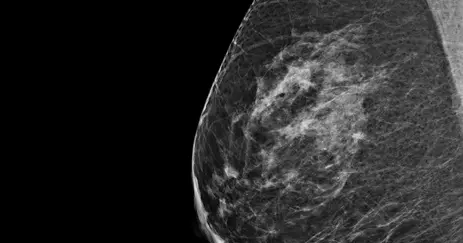
Bi-Rads C
The breast tissue is mostly fibroglandular tissue with some areas of fatty tissue. The breast tissue is dense.
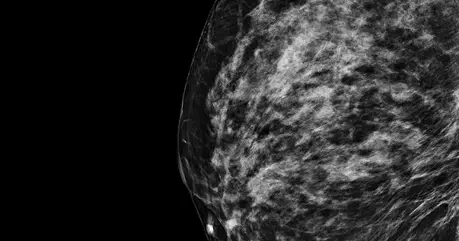
Bi-Rads D
The breast tissue is almost all fibroglandular tissue and is extremely dense.
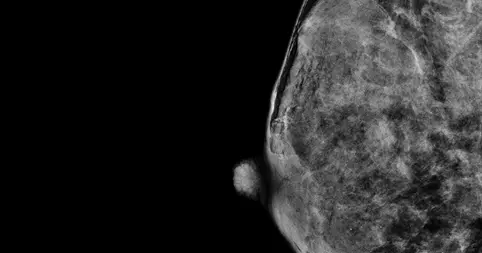
Why breast density is important?
People with higher levels of breast density have an increased risk of developing breast cancer, but it is only one of many factors that can influence a person’s overall risk.1,2,4
The higher the level of breast density, the harder it can be to detect breast cancer on a mammogram.1,2,4,6
Mammograms save lives7 – and only a mammogram can tell you if you have dense breasts.4,6 In women with dense breasts, mammogram sensitivity can be reduced.1,2,4
Mammogram sensitivity decreases as breast density increases2
Sensitivity is a measure of how good a mammogram is at finding breast cancers when they are there. A high sensitivity means the test picks up most cancers and misses very few. A lower sensitivity means the test may miss some cancers — even though they are present.
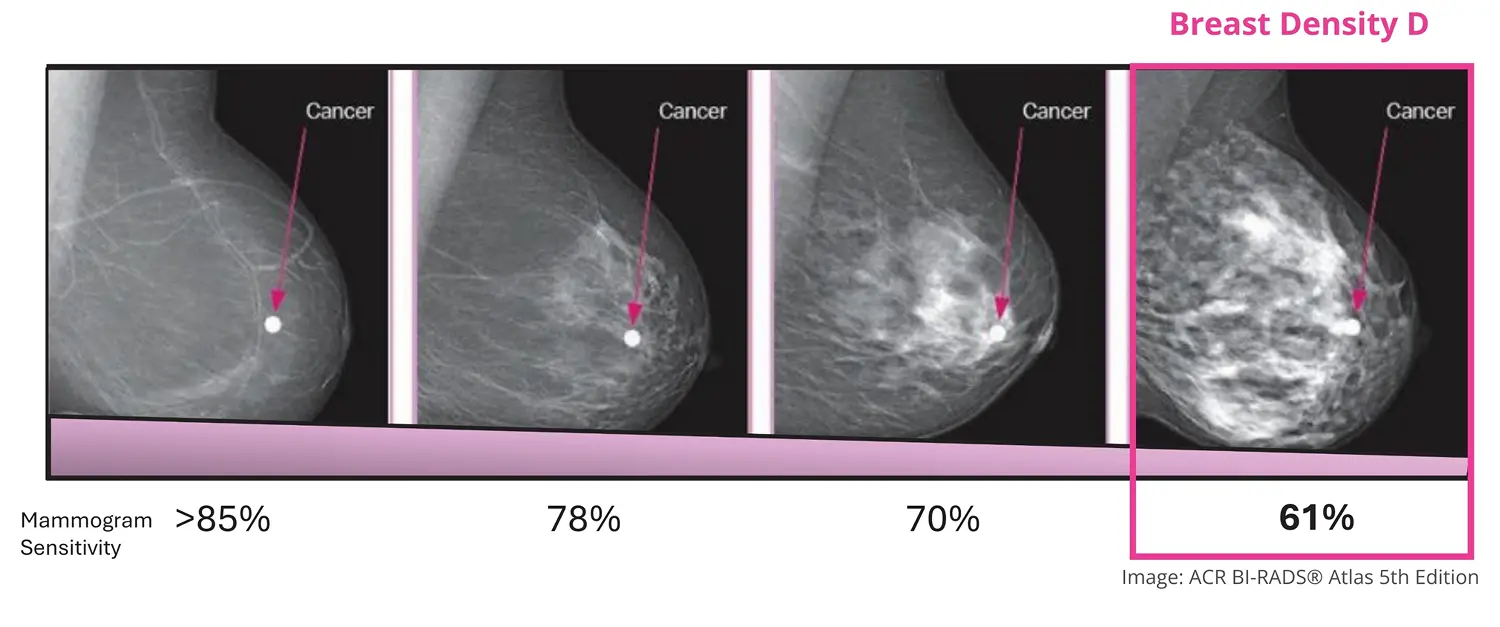
Breast density: only one piece of the puzzle
Having dense breasts is common and completely normal.4 However, breast density is just one piece of the puzzle – it is considered an independent risk factor for breast cancer,9,10 which means it is useful for understanding your personal risk and can help you and your GP make informed decisions about additional screening and prevention.
Common risk factors for an increased breast cancer risk:11
1. Being a female
2. Increasing age
3. Family history and genetics
4. Reproductive and hormonal factors
5. High breast density
Breast awareness – knowing the normal look and feel of your breasts – is also important. Learn how to check your breasts here.